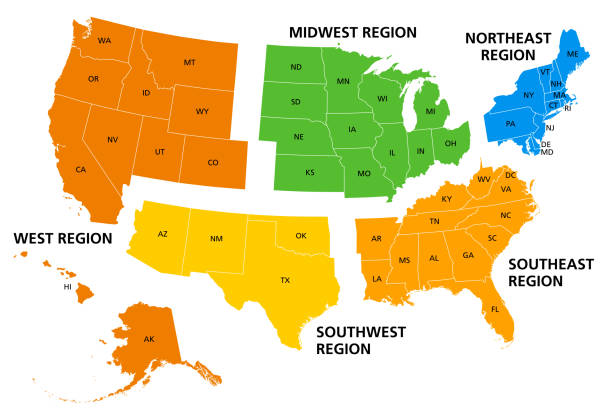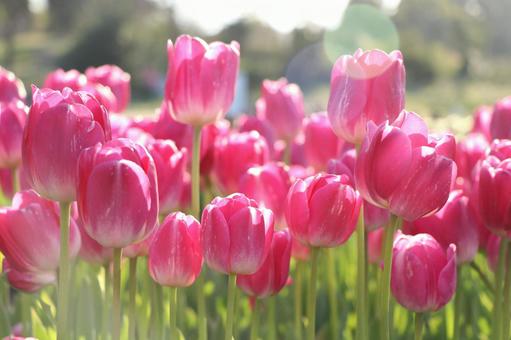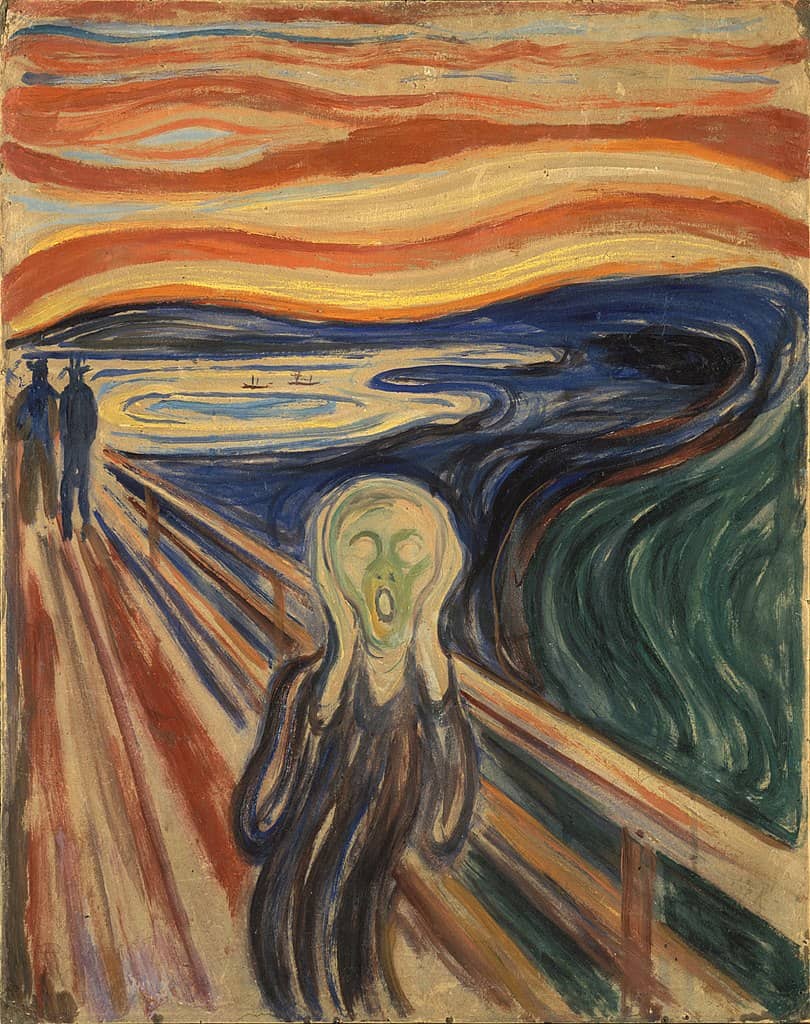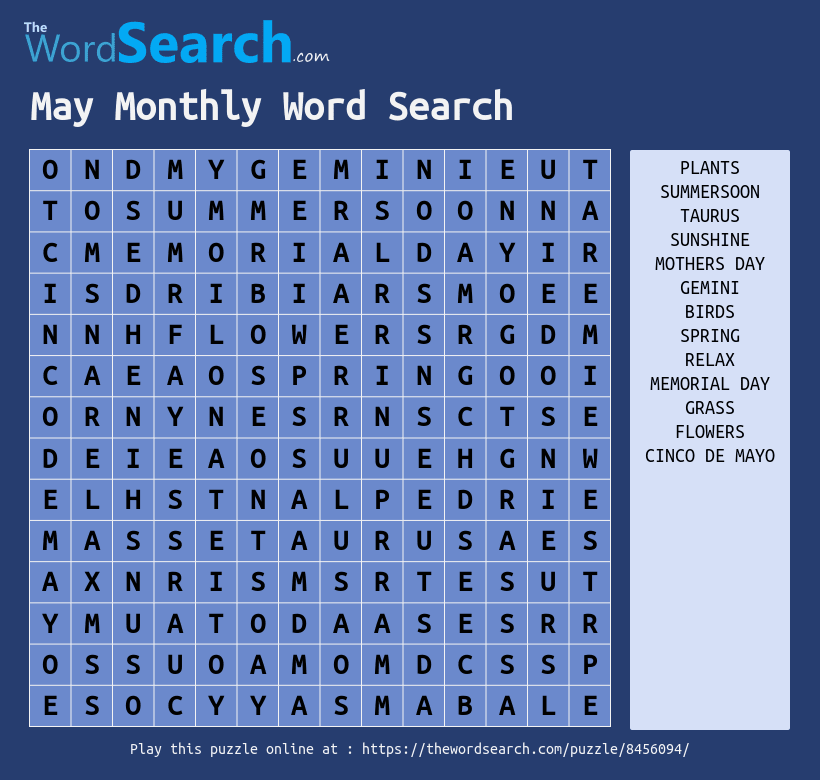It’s that time of year again!
Winter can be a time of joy with all of the holidays, the family that might surround you, and the food and the presents and… well you get the point. Even with all of this, the cold seasons can often get to people, resulting in a common phenomenon referred to as seasonal depression.
What is Seasonal Depression?
Seasonal depression, known medically as Seasonal Affective Disorder, or for short- funnily enough- SAD. Symptoms of SAD will present similarly to depression; feeling constantly sad, losing enthusiasm for things you typically enjoy, insomnia/hypersomnia, and fatigue are just a few. These symptoms often start small and snowball into something much bigger, only to disappear at a season’s end. Most often, SAD begins to rear its head during the autumn-winter times and will begin to fade in the spring-summer. Although this is the most common form of SAD, it can also be the opposite, appearing in the summer months and leaving during winter. Specifically, symptoms usually last around 4-5 months out of the year.
Oftentimes, SAD is confused with holiday stressors, but is not the same thing as the stress caused by said stressors. The National Institute of Mental Health estimates that millions of Americans have this common disorder that often develops in early adulthood, but don’t recognize it. Some demographics have a more likely chance of developing SAD. Those with bipolar disorder, schizophrenia, depression, ADHD, or other disorders often have SAD. SAD can also run in a family and often does, especially with those who have family members with other mental illnesses.
What Causes SAD?
So far, SAD has no definitive cause, but researchers theorize that winter SAD is caused by a lack of sunlight. One way the limited sunlight affects many is the lack of VItamin D. Vitamin D is commonly known to be absorbed through sunlight and is also a vitamin that is commonly believed to promote serotonin production. Serotonin is a chemical and hormone that is a neurotransmitter, meaning it delivers messages from your nerves to your brain by your body’s systems. Serotonin influences you in so many ways including memory, learning, mood regulation, and your own happiness. Serotonin deficiency is often associated with disorders such as depression and anxiety, two mental disorders that are directly connected to SAD. The sun, along with its sudden disappearance, has a huge change in pattern, one that is also assisted by daylight-savings time. This sudden change results in your circadian rhythm, or your internal clock, being disrupted. The sun is one way for your body to tell the time, so it relies on the sunshine to time its internal responses. This can cause the delay of several things and can lead to SAD. Relating to this is the change in melatonin production in the winter. Melatonin is the hormone produced by your brain in response to darkness and causes you to feel sleepy. Melatonin also helps time your circadian rhythm. Here in New York, we have only around 9 hours of daylight in the wintertime, a huge contradiction to the summer’s up to 15-hour days. This increase of darkness often leads to an increased melatonin production. This affects your sleep schedule and can in-turn affect your mood, causing SAD. Lastly, as previously mentioned, SAD can be caused by genetics, and or if you have another mental health disorder you are at a higher risk for SAD.
Unfortunately, since summer SAD is so uncommon, very little research is done on it.
Coping with SAD
As you would with anything, you have to find ways to cope with SAD. Here are some things you can do to manage your symptoms.
Walks
Walking around can not only give you some fresh air, but will also give you a nice change in scenery during those cold months where you’re locked up in your houses. Walks can also help you take in as much Vitamin D as you can. Enjoy your 9-hours of sunlight as much as possible!
Diet
To compensate for the lack of Vitamin D, many add it into their diets, eating food rich in the nutrient or taking supplements. But, before making major dietary changes, it is always recommended to see a nutritionist, dietitian, or some sort of doctor so you don’t end up hurting yourself.
Socializing
Oftentimes, socializing can seem difficult while dealing with SAD, but spending time with those you love might just cheer you up just a bit. Socializing with those closest to you can also help to stimulate your mind and maybe some of your loved ones’ joy can rub off on you.
Reaching Out
If you know you have SAD symptoms during some winter months, it can be beneficial for you to tell those around you. These people can help support you through your toughest times of the year. Although friends & family can help out, sometimes it’s not enough. You can always reach out to a medical professional or even a trusted person to ask for further help. You might just be able to manage SAD better if you talk to a professional who can advise the next best step that’s personal to you.
SAD vs. “The Winter Blues”
SAD is extremely often confused with “The Winter Blues,” but the two aren’t really the same. “Winter Blues” are more like every once in a while, allowing you to still function. This can look more like wanting to stay inside for a few days to watch your favorite TV show, while SAD is on a much larger scale. People with SAD often disengage with society and their favorite interests, as well as doing so consistently for a long amount of time and in a repeating pattern. SAD is much more serious than the “Winter Blues,” but since SAD is seasonal, many people brush it off as just the “Winter Blues.”
Final Notes
Even if you don’t have SAD, that does not invalidate your “winter blues,” same as how people who aren’t clinically depressed can still be sad. Lastly, remember, if you feel like you can’t handle your feelings or feel them becoming too big for you or even if you feel just a bit overwhelmed with life- it’s okay to ask for help. You can do it!
Bibliography
Cleveland Clinic. “Serotonin.” Cleveland Clinic, 18 Mar. 2022, my.clevelandclinic.org/health/articles/22572-serotonin.
Johns Hopkins Medicine. “Seasonal Affective Disorder.” Www.hopkinsmedicine.org, 2024, www.hopkinsmedicine.org/health/conditions-and-diseases/seasonal-affective-disorder.
Mayo Clinic. “Seasonal Affective Disorder (SAD) – Symptoms and Causes.” Mayo Clinic, Mayo Clinic, 14 Dec. 2021, www.mayoclinic.org/diseases-conditions/seasonal-affective-disorder/symptoms-causes/syc-20364651 .
National Institute of Mental Health. “Seasonal Affective Disorder.” Www.nimh.nih.gov, National Institute of Mental Health, 2023, www.nimh.nih.gov/health/publications/seasonal-affective-disorder.
NCCIH. “Melatonin: What You Need to Know.” National Center for Complementary and Integrative Health, July 2022, www.nccih.nih.gov/health/melatonin-what-you-need-to-know.
NHS. “Overview – Seasonal Affective Disorder (SAD).” Nhs.uk, NHS, 12 Feb. 2021, www.nhs.uk/mental-health/conditions/seasonal-affective-disorder-sad/overview/.
Petruzzelli, Gloria. “Seasonal Affective Disorder, Winter Blues and Self-Care Tips to Get ahead of Symptoms.” Cultivating-Health, 29 Nov. 2023, health.ucdavis.edu/blog/cultivating-health/seasonal-affective-disorder-winter-blues-and-self-care-tips-to-get-ahead-of-symptoms/2023/11.




















